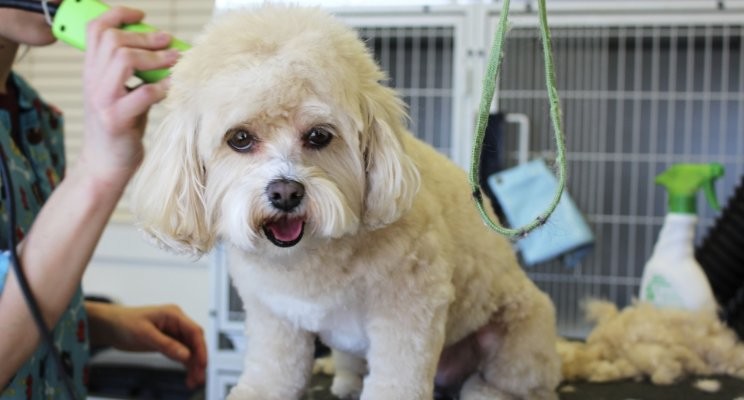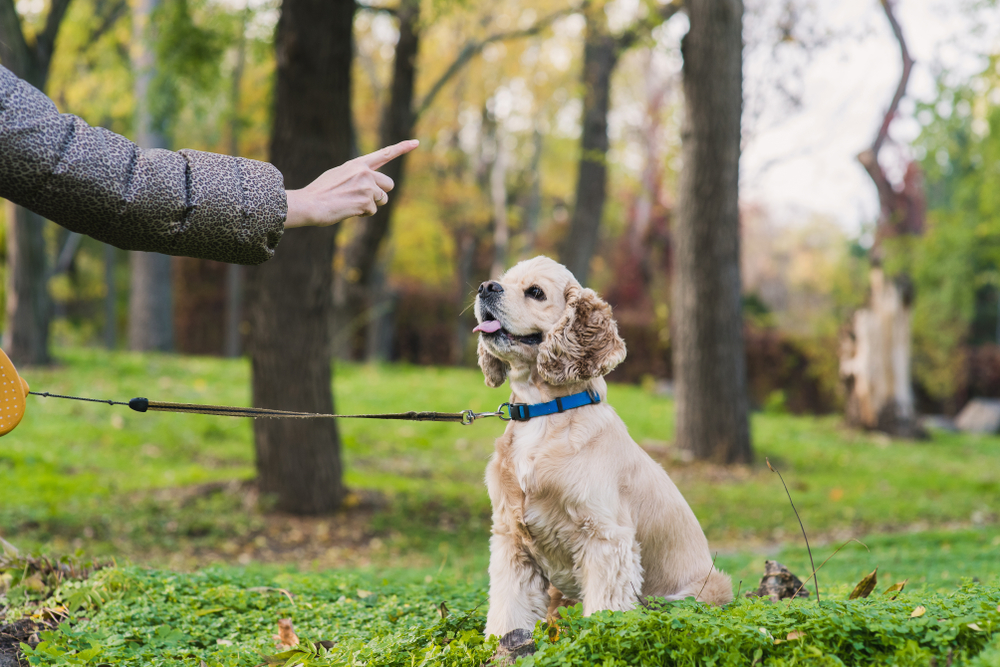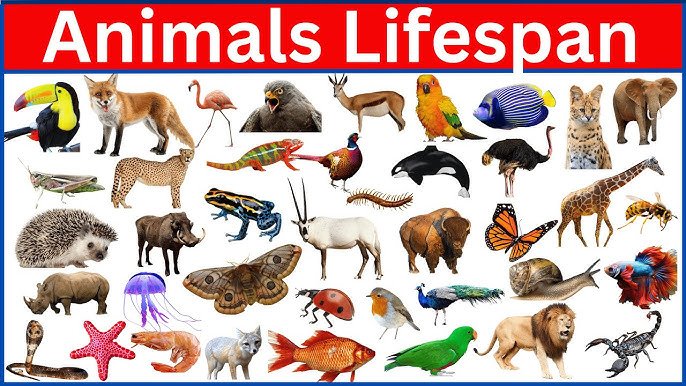Grooming is an essential part of pet care, ensuring your furry friend is healthy, comfortable, and looking their best. Whether you have a playful dog, a curious cat, or any other beloved pet, regular grooming not only maintains their appearance but also helps prevent potential health problems. Here are some essential pet grooming tips that every pet owner should know to keep their pets clean, happy, and healthy.
Brush your pet’s coat
One of the simplest and most important grooming tasks is brushing your pet’s fur regularly. Brushing helps remove dirt, loose hair, and tangles, keeping their coat smooth and shiny. It also promotes blood circulation, helping your pet maintain healthy skin and coat.

- For Dogs: Depending on the breed, dogs may need daily or weekly brushing. Short-haired dogs can be brushed less frequently, while long-haired breeds like Golden Retrievers or Shih Tzus need more frequent attention.
- For cats: Most cats groom themselves, but they still benefit from occasional brushing, especially long-haired breeds like Persians.
Use the right type of brush for your pet’s coat to avoid pulling or discomfort. For example, slicker brushes work well for removing tangles, while bristle brushes are great for short-haired pets.
Bathing Your Pet
Bathing your pet helps keep their skin clean, parasite-free, and smelling fresh. However, excessive bathing can strip their skin of essential oils, leading to dryness.
- For Dogs: Most dogs only need a bath once every 1-2 months, or when they get particularly dirty. Use a pet-safe shampoo that matches your dog’s skin sensitivity.
- For Cats: Cats generally don’t need a bath unless they get into something particularly messy. When necessary, a mild, cat-specific shampoo will do the trick.
Always use lukewarm water and avoid watering your pet’s ears to prevent infection.
Nail trimming

Trimming your pet’s nails is crucial to their comfort and overall health. Long nails can cause discomfort, difficulty walking, and even lead to infection if left unchecked.
- For Dogs: Aim to trim your dog’s nails every 3-4 weeks. Be careful to avoid “quick” cuts, sensitive parts of the nail that contain blood vessels.
- For Cats: Indoor cats need regular nail trimming to keep their nails from getting too sharp or long. Outdoor cats do not need trimming as often as their nails fall naturally.
Use pet-specific nail clippers and keep styptic powder on hand in case you accidentally trim too close too quickly.
Cleaning the ears
Ear cleaning is often overlooked but is an important part of grooming, especially for dogs and cats with floppy ears or long fur. Dirty ears can lead to infections, which can cause discomfort and even hearing loss.
- For Dogs: Clean your dog’s ears every few weeks or as directed by your veterinarian. Use a vet-approved ear-cleaning solution and gently wipe the outside of the ear with a cotton ball.
- For cats: Cats usually have clean ears, but you should check them regularly and clean them if excess wax builds up.
Never use cotton swabs or stick anything deep into your pet’s ears, as this can cause injury.
Dental care
Oral hygiene is essential to your pet’s overall health. Without proper dental care, pets can develop gum disease, bad breath and even tooth loss.
- For Dogs: Brush your dog’s teeth 2-3 times a week using a pet-friendly toothbrush and toothpaste. You can also give dental chews to help reduce plaque build-up.
- For Cats: Brushing a cat’s teeth can be challenging, you can try using dental treats or dental gel approved by veterinarians.
Introduce dental care gradually to help your pet adjust and reward them for cooperation.
Cleaning eyes and mouth
Some pets, especially those with skin folds or flat-faced breeds, need regular mouth cleaning to prevent eye discharge and skin irritation.
- For dogs: Clean around your dog’s eyes with a damp cloth to remove debris or tear stains. Breeds like Pugs and Bulldogs may require daily care.
- For cats: Wipe away any discharge around your cat’s eyes, especially if they have flat faces like Persians.
Use a clean, soft cloth or pet-safe wipe and avoid using harsh chemical products near your pet’s eyes.
Paw care
Your pet’s paws are constantly exposed to different surfaces, making them susceptible to cuts, cracks and infections.
- For dogs: Check your dog’s paws after a walk for debris such as small stones or glass and clean their paws with a damp cloth. Use foot balm to keep their pads moisturized and soft, especially during harsh weather.
- For cats: Although cat paws generally require minimal care, regular inspections can prevent injury or infection, especially for outdoor cats.
Trim the fur between your pet’s paw pads if it is too long, as it can trap dirt or snow, causing discomfort.
Regular vet visits
While grooming is essential, regular vet checkups ensure that your pet stays healthy. Your vet can provide professional grooming advice, check for underlying skin conditions and make sure your pet is up-to-date on vaccinations.
Schedule annual checkups and always consult your vet if you notice any unusual changes in your pet’s coat, skin or behavior.
Maintaining a consistent grooming routine for your pet can significantly improve their comfort and well-being. Whether it’s regular brushing, nail trimming or ear cleaning, these simple grooming habits not only improve your pet’s appearance but also help prevent potential health problems. By keeping your pet clean, healthy and well-groomed, you ensure that they live a happy and comfortable life by your side.
Read Also: Tips and Tricks to Train your pet successfully
![]()





